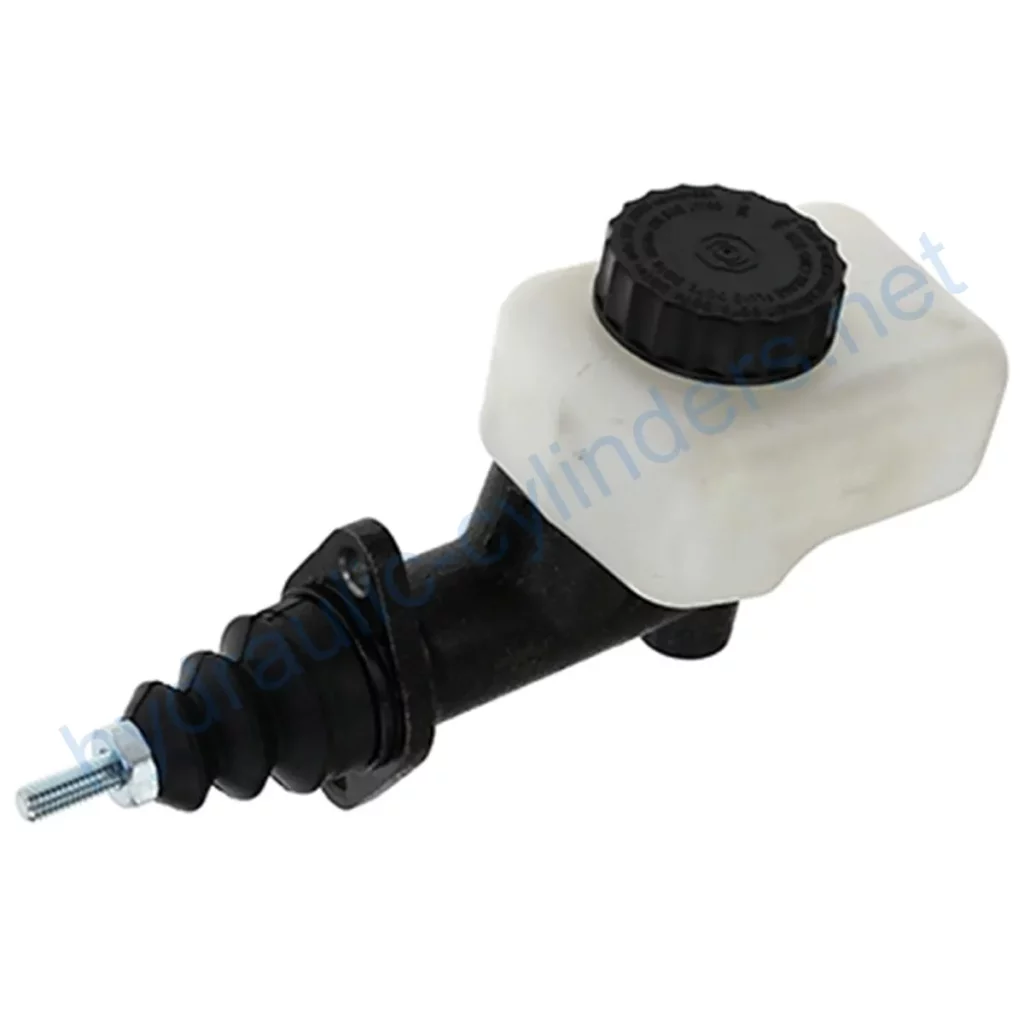Replacement Of AL66918 Clutch Hydraulic Cylinder
Introduction:
The Replacement Of AL66918 Clutch Hydraulic Cylinder is a crucial component designed to provide proper functioning and control in various hydraulic systems. This cylinder plays a vital role in ensuring the smooth operation and performance of equipment. It is responsible for transmitting force through a fluid to activate necessary mechanical operations.
Specifications and Models
Weight: 2.62 lb
Height: 3.8 in
Width: 8 in
Length: 9.2 in
Models: 2250, 2450, 2650, 2850, 3050, 3350, 3650
Features
- Improved Equipment Performance: Replacing damaged or worn-out hydraulic cylinders restores the equipment’s normal operational capabilities, ensuring optimal performance in various applications.
- Enhanced Safety: Regularly replacing hydraulic cylinders reduces safety hazards caused by cylinder failures, ensuring the safety of operators and equipment.
- Overload Protection: New cylinder designs often incorporate better overload protection mechanisms, enhancing safety during operation.
- Quick Installation: Modern hydraulic cylinders are designed with ease of installation and replacement in mind, minimizing downtime.
- Standardized Components: Many hydraulic cylinders are standardized products, making it easy to obtain replacement parts in the market.
Applications
1. Excavators:
Excavators rely on hydraulic cylinders in their arms or buckets, which may get damaged or worn out due to prolonged use or overload. Replacing them is essential to restore normal operation.
2. Cranes:
The hydraulic cylinders in crane jibs are prone to wear and tear during frequent lifting and lowering processes. Regular replacement is necessary to ensure safety.
3. Tractors:
The hydraulic cylinders in front-end loaders of tractors may experience leaks or performance degradation during continuous lifting and tilting operations, requiring replacement.
4. Harvesters:
During harvesting, hydraulic systems endure high pressure, and cylinders may suffer from fatigue. Timely replacement is crucial to maintain work efficiency.
5. Automated Production Lines:
Hydraulic cylinders are used to control robotic arms and other automated equipment. Cylinder failure can disrupt production efficiency, necessitating immediate replacement.
6. Die Casting Machines:
Hydraulic cylinders in die casting machines may experience performance deterioration under high pressure and temperature. Regular replacement ensures product quality.
7. Mining Equipment:
Hydraulic cylinders are used in mining equipment for lifting and moving heavy loads. Due to the harsh working environment, regular inspection and replacement are necessary to avoid equipment failures.
8. Bulldozers:
The wear of hydraulic cylinders on bulldozer blades can lead to decreased pushing capability. Timely replacement is essential to maintain operational efficiency.
Maintenance Tasks
Regular inspection: Periodically inspect the hydraulic cylinder for any signs of damage or malfunction.
Proper lubrication: Ensure proper lubrication to reduce friction and extend the lifespan of the cylinder.
Seal replacement: Replace worn-out seals to maintain the cylinder’s performance and prevent leaks.
Calibration check: Regularly check and calibrate the cylinder to ensure accurate operation.
Safety Considerations and Environmental Factors
When using hydraulic cylinders, it is crucial to prioritize safety measures. Proper training, adherence to safety guidelines, and the use of appropriate personal protective equipment are essential to prevent accidents and injuries.
Troubleshooting and Common Issues
1. Cylinder Leakage:
If the hydraulic cylinder experiences leakage, check for damaged seals or piston wear. Replace the faulty components accordingly.
2. Insufficient Force:
If the cylinder fails to provide sufficient force, check for any restrictions in the hydraulic lines or for worn-out internal components. Clean or replace as necessary.
3. Slow Operation:
If the cylinder operates slowly, check for low hydraulic fluid levels or clogged filters. Refill or replace components as needed.
Preventive Measures
To minimize potential issues, it is recommended to:
- Perform regular maintenance and inspections.
- Monitor hydraulic fluid levels and quality.
- Ensure proper alignment and installation of the cylinder.
- Follow recommended repair and replacement procedures.
Design Considerations and Selection Criteria
When choosing a hydraulic cylinder, consider the following:
- Load-bearing capacity
- Sealing effectiveness
- Durability
- Safety features
- Maintainability
Sealing and Lubrication
The hydraulic cylinder utilizes various seals, such as piston seals and rod seals, made of wear-resistant materials like polyurethane or nitrile rubber. The cylinder body and threaded ends undergo precise treatment to enhance wear resistance. Regular lubrication with appropriate hydraulic oil is necessary to ensure smooth operation.
Regular Inspection and Preventive Maintenance
Regularly inspect the hydraulic cylinder for any signs of wear, leaks, or damage. Follow proper installation, lubrication, and adjustment procedures. Provide guidance on aligning the cylinder correctly during installation. Recommend inspection, repair, and replacement procedures. Offer replacement parts and rebuilding services to extend the lifespan of the hydraulic cylinder.
Product Installation Guidelines
1. Ensure proper alignment and positioning of the cylinder during installation.
2. Use suitable installation brackets to secure the cylinder.
3. Follow recommended inspection, repair, and replacement procedures.
Safety Considerations and Environmental Factors
When working with hydraulic cylinders, it is essential to prioritize safety measures. Adhere to safety guidelines and use appropriate personal protective equipment. Consider environmental factors such as temperature and humidity that may affect cylinder performance.
Troubleshooting and Common Issues
1. Cylinder Leakage:
If the hydraulic cylinder experiences leakage, check for damaged seals or piston wear. Replace the faulty components accordingly.
2. Insufficient Force:
If the cylinder fails to provide sufficient force, check for any restrictions in the hydraulic lines or worn-out internal components. Clean or replace as necessary.
3. Slow Operation:
If the cylinder operates slowly, check for low hydraulic fluid levels or clogged filters. Refill or replace components as needed.
Author: lyl
About Our Company
We are a leading manufacturer and wholesale

